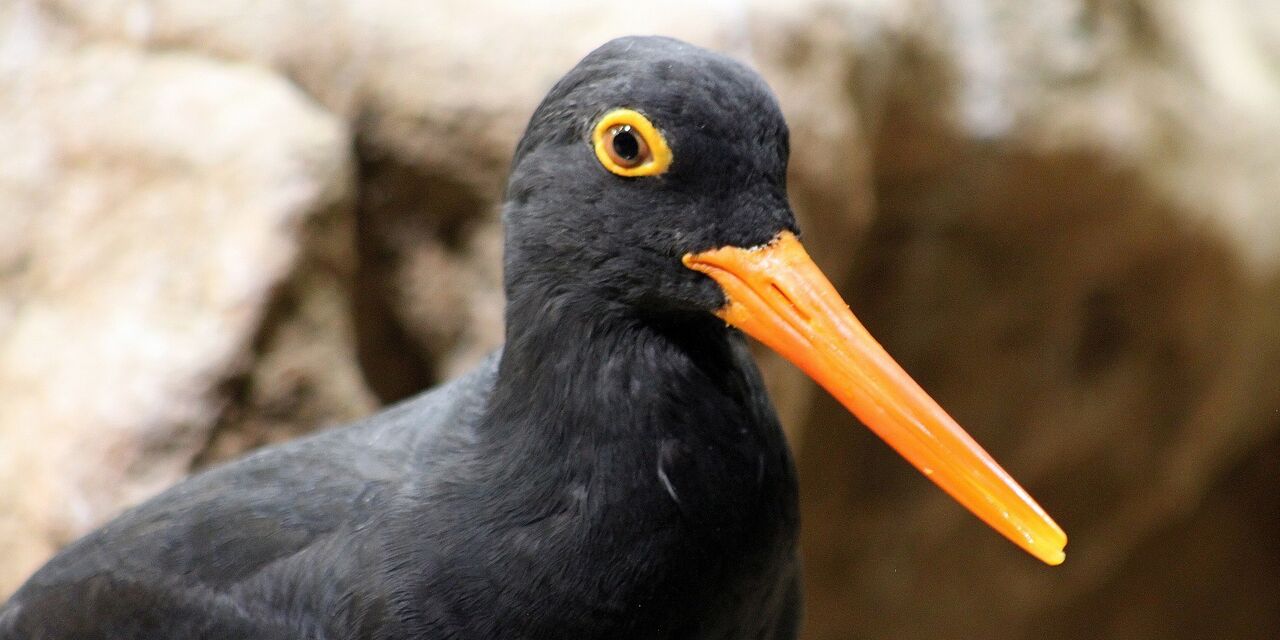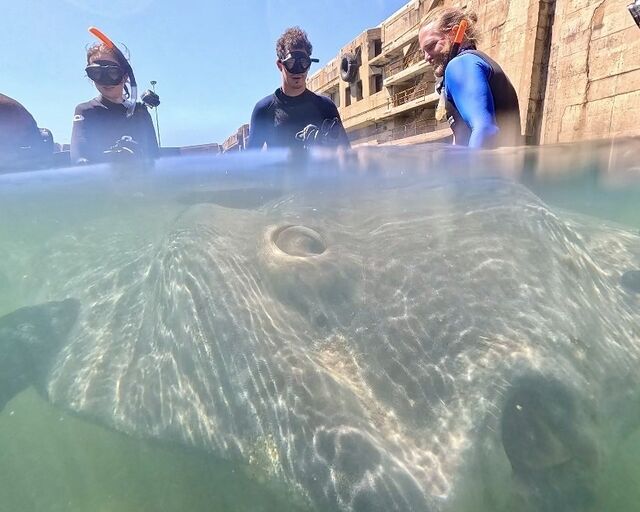
The Two Oceans Aquarium has one special resident living in the Penguin Exhibit - the only bird here that can fly! Rita is an old seabird with an amazing life story - why is this "odd bird out" at the Aquarium? Here's her incredible story...
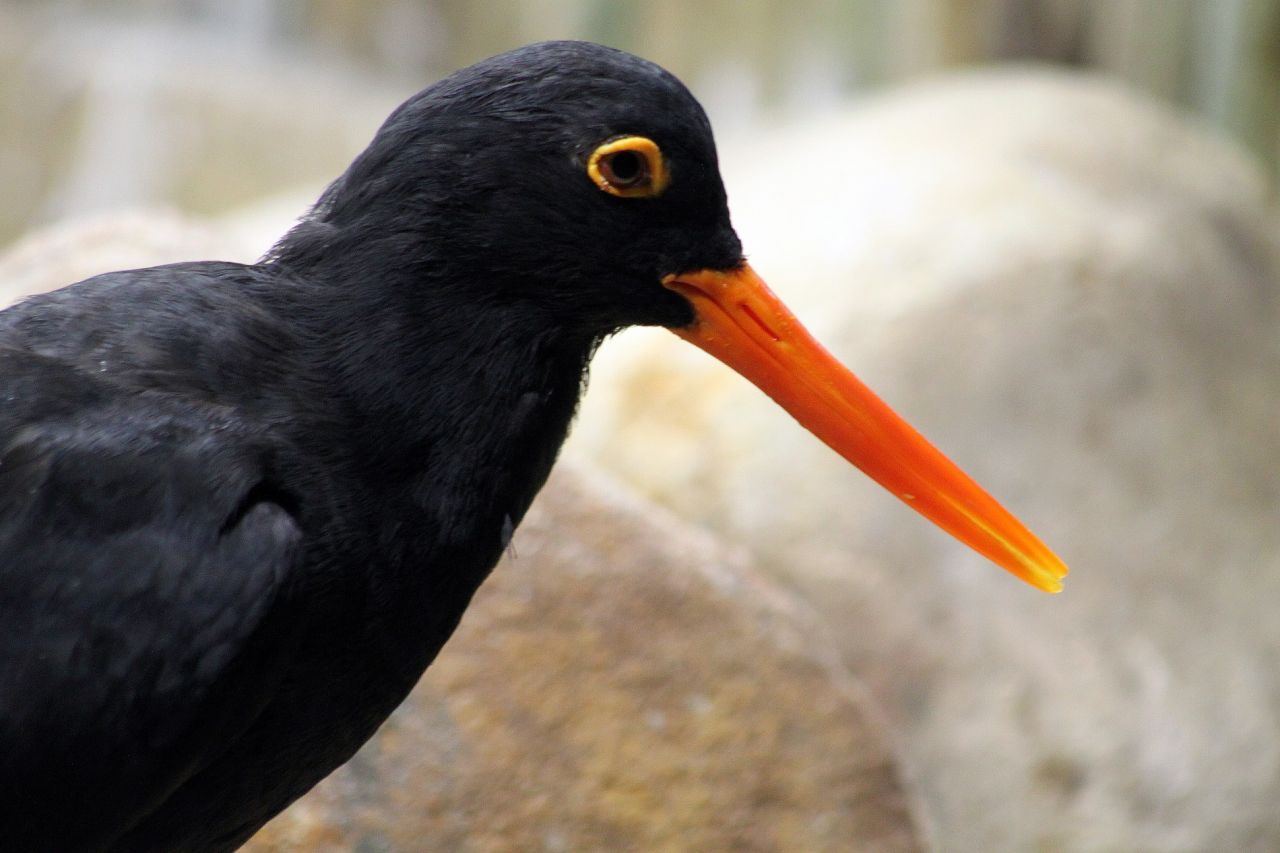
What is an African oystercatcher?
African black oystercatchers (Haematopus moquini) are seabirds found along the coast and offshore islands of South Africa and Namibia. Despite having the name "oystercatcher", they do not eat oysters, instead using their powerful, bright orange beaks to pry a variety of other invertebrates from the rocks - mussels and limpets - and sometimes they even eat fish.
Want to know more about oystercatchers? Here's everything you could ever want to know about them, courtesy of BirdLife South Africa.
With fewer than 10 000 of these birds left in the wild, their situation may seem dire, but conservation efforts have boosted their numbers greatly in recent years and they are widely regarded as a conservation success story.
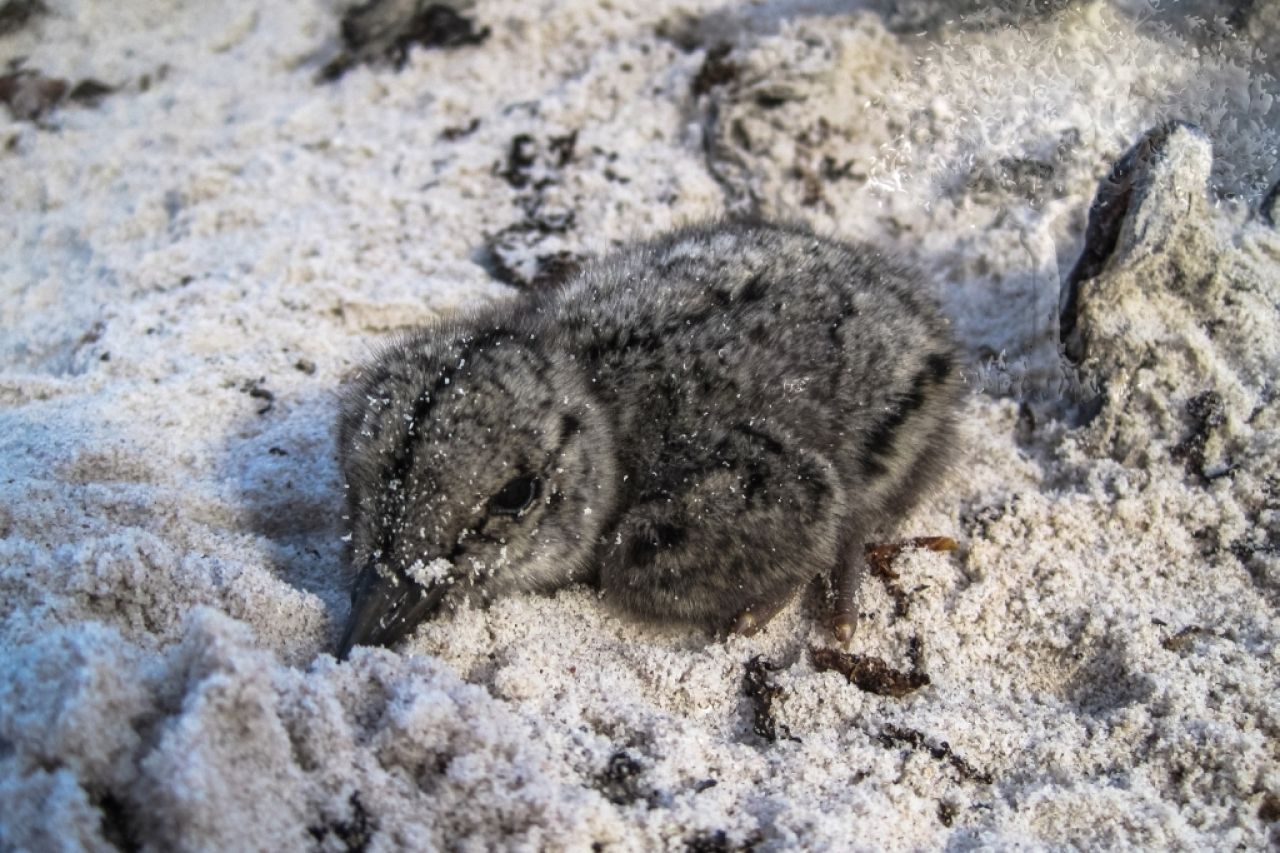
Who is Rita?
Rita is an African black oystercatcher that has been living at the Aquarium for almost 21 years - the longest living African oystercatcher reared in captivity. That is longer than most of the Aquarium staff have been here (and she has certainly aged more gracefully)!
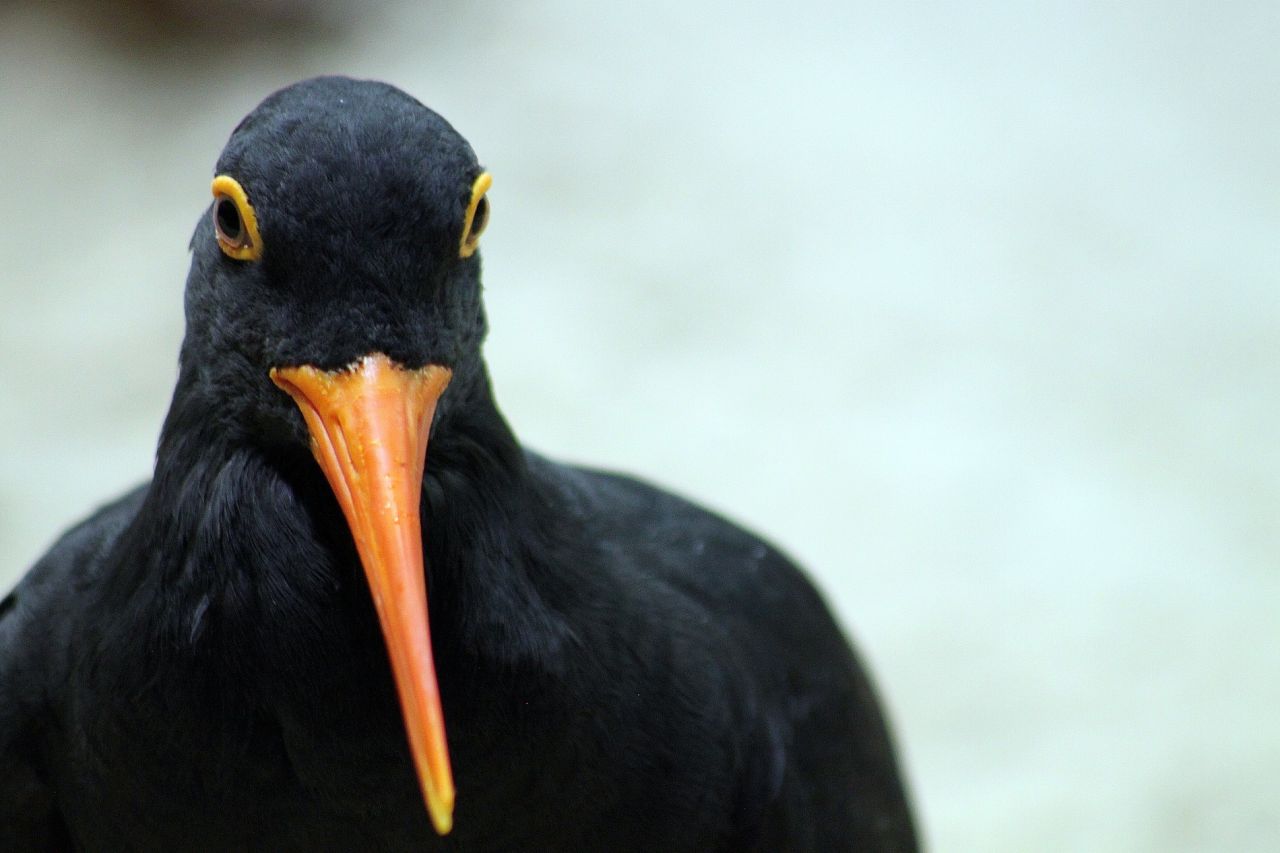
Rita arrived at the Aquarium on 24 July 1999, at the time affectionately known as "Oystercatcher #2", after being rescued from the surf in Plettenberg Bay. Mrs Hawkins spotted the fledgling Rita struggling to stay upright in the waves, emaciated and clearly unable to feed herself, so she was rescued and brought to the Aquarium to be hand-reared.
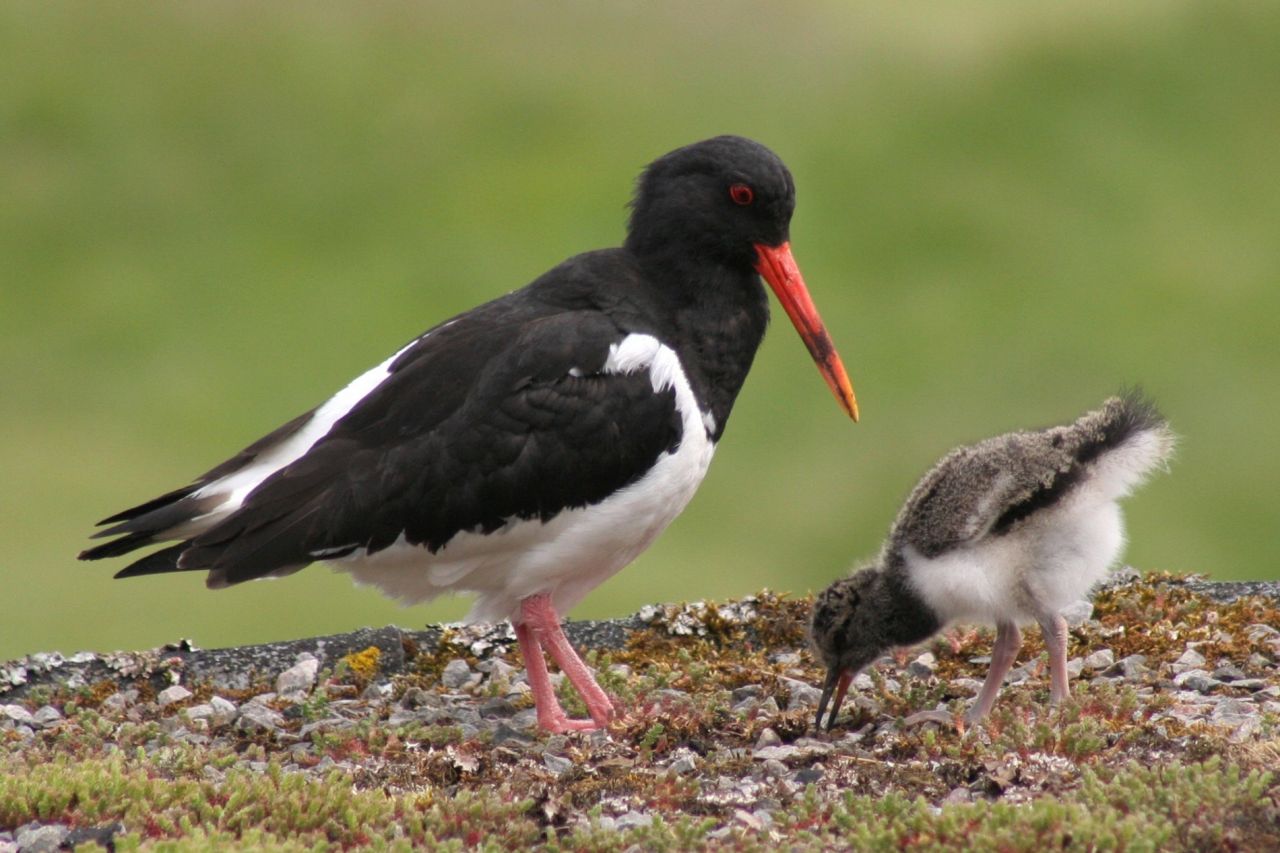
Family tragedy
As fledglings Rita and Fin grew up together, we at the Aquarium were secretly hoping that as they grew closer, they would form a monogamous breeding pair. Unfortunately, this romance was cut short when Fin suddenly contracted aspergillosis, a fungal infection that affects the respiratory systems of birds. Although aspergillosis is a rare illness in humans, it is unfortunately quite common in birds. Despite our best efforts, Fin did not recover from his illness and passed away.
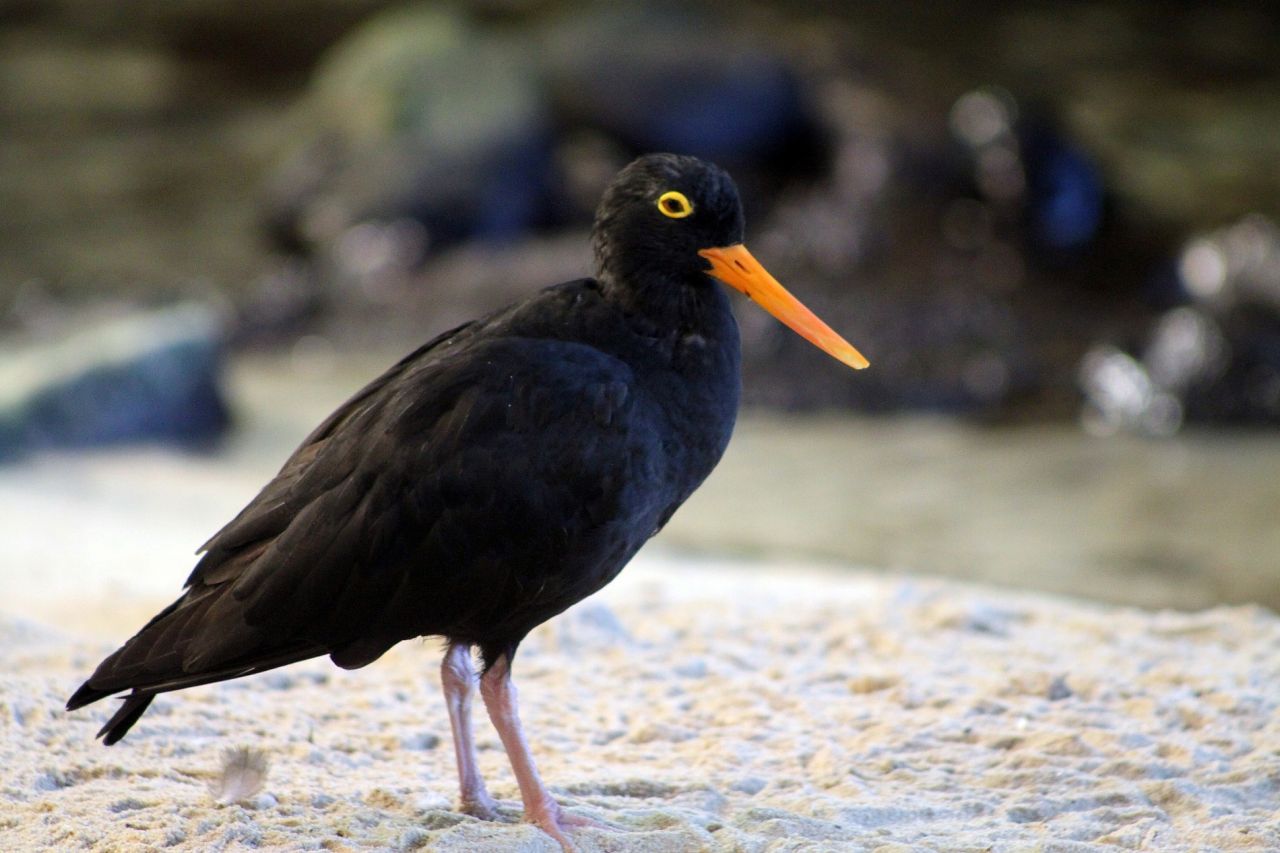
Rita did not seem to cope well with this loss, but it was around this time that another African oystercatcher arrived at the Aquarium. This was another male, named Jack. Jack was an adult oystercatcher, but he had been hand-reared outside the Aquarium and did not have the needed instincts to fend for himself in the wild. Jack and Rita formed an instant bond, and the couple immediately started laying eggs.
A happy family
Two Oceans Aquarium Human Resources Manager Les McDonald, who was an aquarist working in the bird habitat at this time, recalls this pair of "lovebirds" - Jack, who actually believed he was a human, would sometimes land on visitors, and would have no qualms about sitting on someone's head! Rita, although hand-reared, was not imprinted on humans, but did not have the best parenting skills - she would often lay her eggs near to the walkway and then fail to look after them.
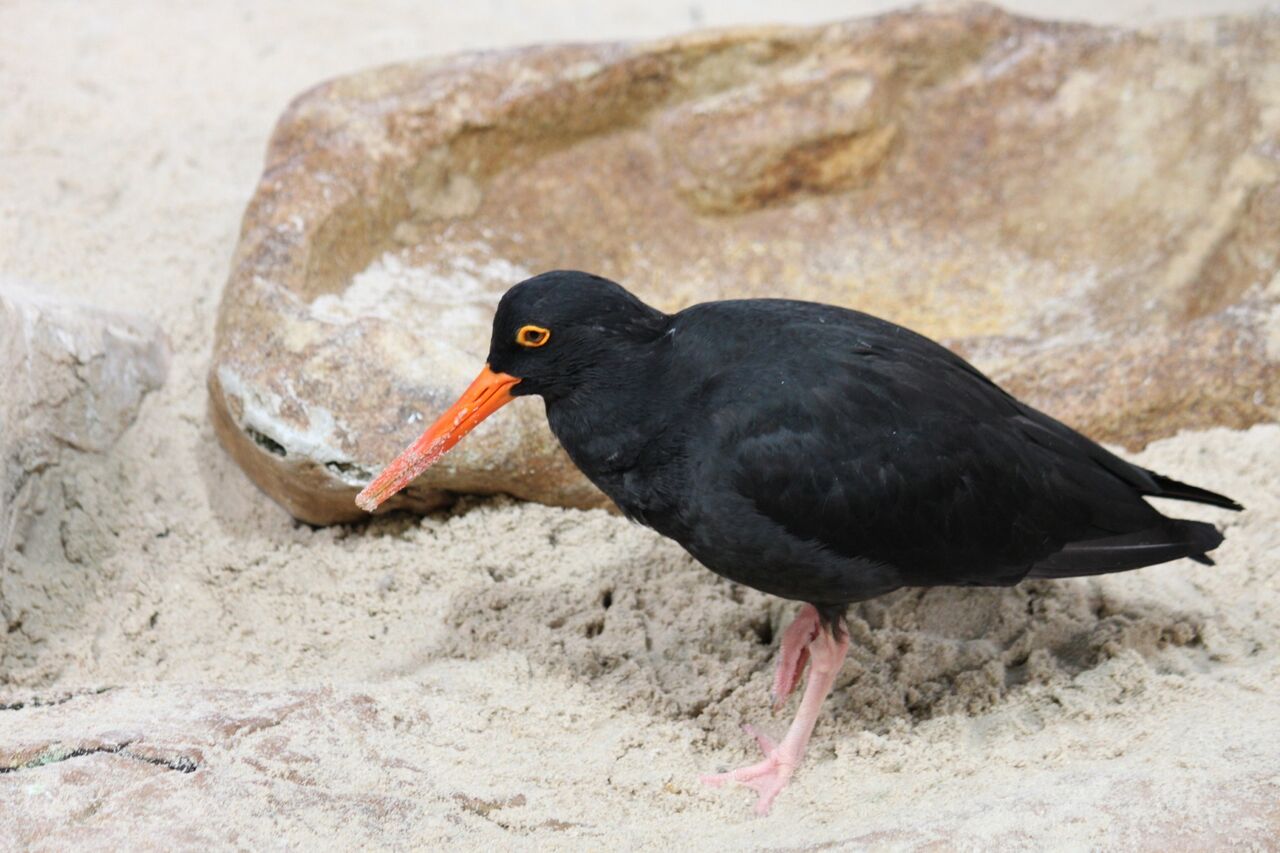
Eventually, in 2003, these two unlikely lovers had two chicks! These chicks were (and are still, to our knowledge) the only two African oystercatchers that have been successfully conceived, hatched and fledged in captivity.
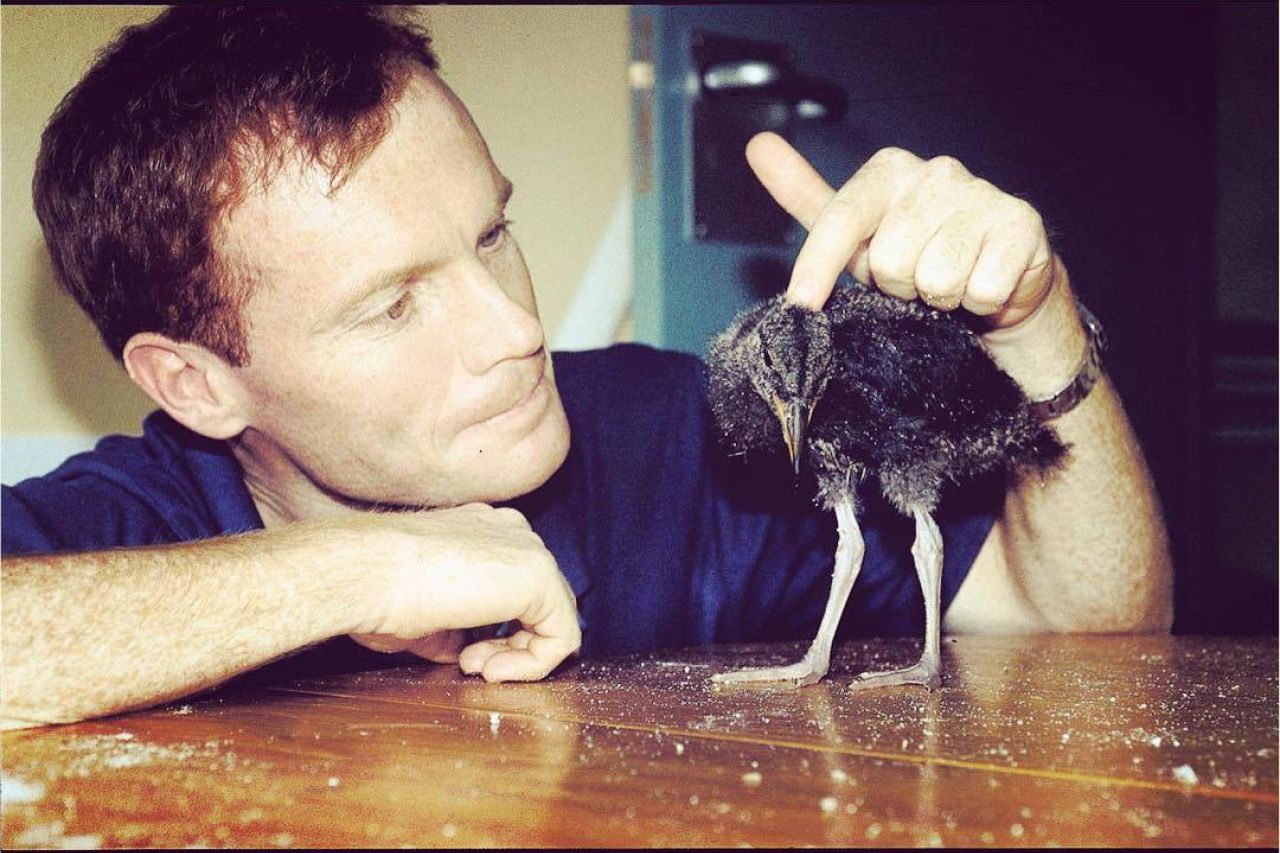
The first chick, Tony, was handed to Sarah Stark - a Pringle Bay resident with a passion for rehabilitating animals. Tony was reared on Sarah's balcony, overlooking the sea; he was hand-fed by her using a sock-puppet decorated like an oystercatcher and, when he was old enough, she took him to the beach to walk in the swells and scavenge for food. Tony would linger with the wild oystercatchers he encountered, but would always fly back to Sarah's balcony (even if she sneaked away).
One day he didn't return. Sarah could not find Tony (who still had his juvenile colours) anywhere on the beach and feared the worst, but six months later Tony showed up again - he had been following the wild oystercatchers on their migration and returned with a mate of his own. Tony was the first African oystercatcher to be bred in captivity, but successfully reintroduced into the wild.
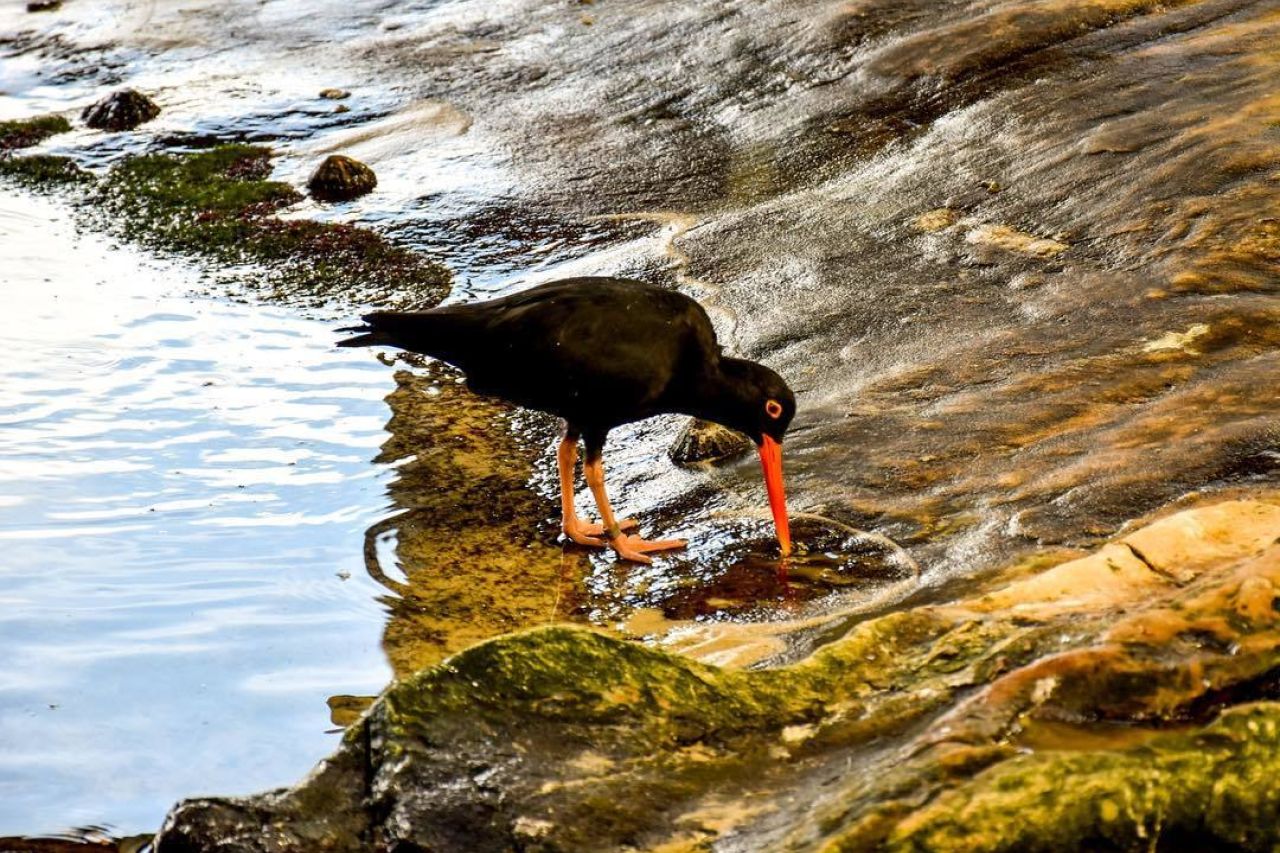
Rita keeps every staff member that works with her on their toes and we have to be very firm with her, as she always has some mischief under her wing. She is often found standing on the top of her "palace" which is on the African penguin beach where she goes to watch visitors pass by.
During penguin feeding times, she often entertains the visitors by having standoffs with some of the African penguins to shows them that she is in charge. She will often steal fish from the penguins instead of eating from her own food station.
We feed her three times a day and to keep her out of mischief, we give her kelp holdfasts, filled with plenty of invertebrates for her to eat. Providing her with a variety of food and mixing things up from time to time provide good enrichment for her and prevent her from getting bored or lazy.
After a full meal, she washes herself in the water and then flies back up to her pedestal to take a snooze.
Be sure to say "hi" to Rita in the Penguin Exhibit during your next visit to the Two Oceans Aquarium.
Related News
Sign up to our Newsletter
Receive monthly news, online courses and conservation programmes.
